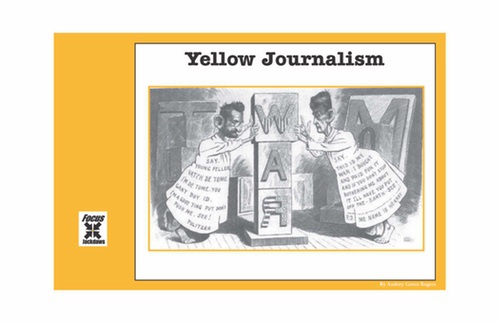
Focus: Yellow Journalism
In the 1890s, a fierce rivalry between newspaper publishers Joseph Pulitzer and William Randolph Hearst permanently changed the course of American journalism. Core elements of their "yellow journalism," like bold headlines, large pictures, nonpolitical news, and even sensationalism, scandals, and sometimes untruths, are still present in many newspapers today. Use the primary sources in this Focus portfolio--newspaper front pages, contemporary political cartoons, the first comic strip, an article examining a citizen's right to privacy, and Pulitzer's defense of yellow journalism--to show students how a quest to grab readers' attention and sell more copies helped to make the media industry a prevailing force in our society. Support Materials: * Illustrated Broadsheet Essay * Timeline * Critical Thinking Questions with Response Key * Recommended Reading List 7 Primary Source Documents: * Front page of the New-York Daily Tribune, April4, 1850 * Front and feature pages of the World and the New York Journal, 1884-1898 * Cartoon poster: "The Yellow Kid and the Birth of the Comic Strip" * Advertising poster: "The New York Times, The Model of Decent and Dignified Journalism," 1896 * Profile: "Nellie Bly, Fearless Female Investigative Reporter" * Excerpts from "The Rights of the Citizen, To His Own Reputation," E.L. Godkin, Scribner's Magazine, 1890 * "Hearst Defends So-Called Yellow Journals," Fourth Estate, 1902








